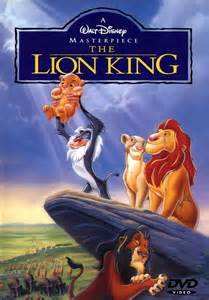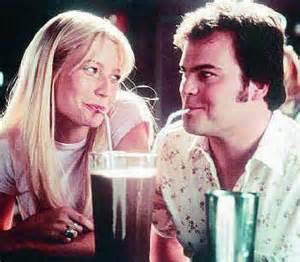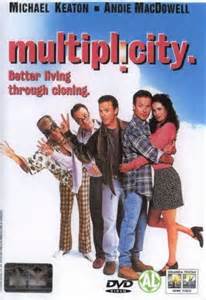http://www.youtube.com/watch?v=gKTVQPOH8ZA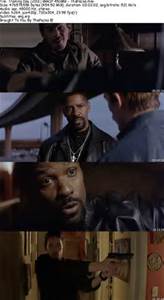

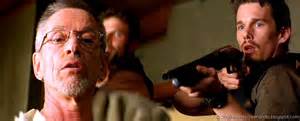
The film I have chosen is Training Day (2001) directed by Antoine Fuqua, written by David Ayer starring Denzel Washington as Alonzo Harris, Ethan Hawke as Jake Hoyt and Scott Glenn as Roger. I think Denzel Washington, Ethan Hawke and Scott Glenn fall into the interpreter type of actor category. Each actor in the mention filmed strived to make their character real, believable while putting their own spice to it. Ethan Hawke and Scott Glenn had more of a variety in the roles they portrayed on screen. Ethan roles vary from science fiction to sensitive and shy to animation. Scott Glenn also has appeared in a variety of films depicting both good and bad guys as well as tragicomedy, socio-political and independent projects.
In the past the roles Denzel Washington were casted in were mostly the good guy with virtuous morals and values. Always doing what is right no matter who is looking. According to Goodykoontz (2011), “Personality actor an actor whose own personality tends to define all the characters he portrays, so that the actor’s name alone lets audiences know what their screen character will be like” (section 3.9). I think for the most part if Denzel did not break away from his traditional good guy role and played a hard core corrupted cop tired of the bad guys living the life of luxury. He also shows his diverse talent in the Flight (2012), where he plays a pilot abusing substances. Which made the audience think and question do pilots truly have lifetime additions and are still able to function as capable members of society. Denzel has starred in numerous films and had received a lot of accolades for his portrayal of his many characters. I think that based on the film and the actor they could easily fit into any of the five categories mention in our text. Although some actors are more refined and experience than others.
http://www.biography.com/people/denzel-washington-9524687#acting-career
http://movies.msn.com/celebrities/celebrity-biography/ethan-hawke/
Goodykoontz, B., & Jacobs, C. P. (2011). Film: From watching to seeing. San Diego, CA: Bridgepoint Education, Inc.
http://www.imdb.com/name/nm0001277/bio
http://www.bing.com/images/search?q=training+day&FORM=HDRSC2
